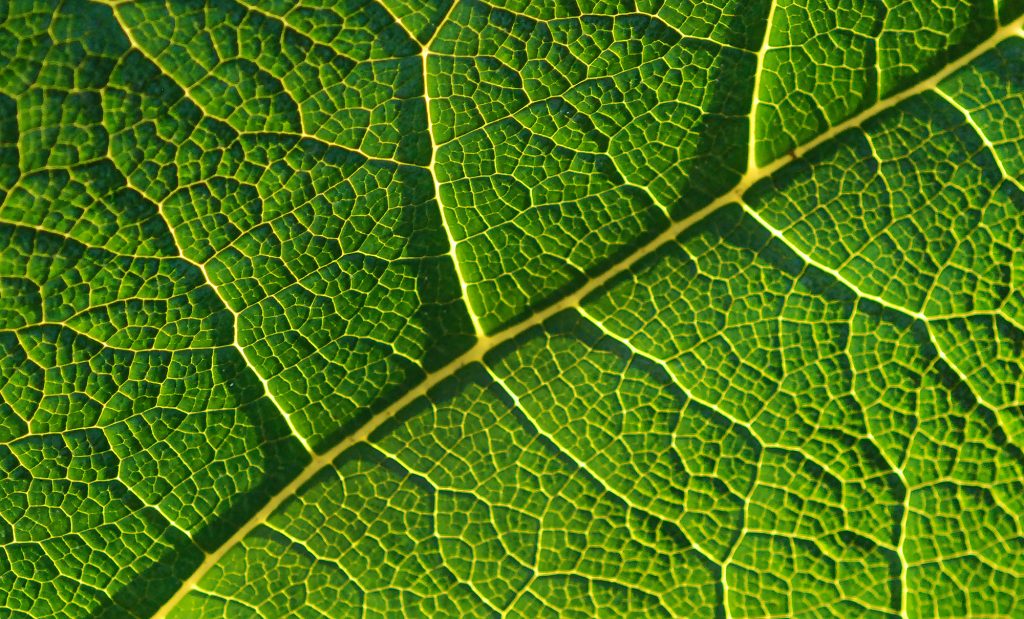Patterns in Nature
Recitation Media Piece

Patterns in Nature Objective:
Find and make media of a repetitive natural occurrence, a pattern in nature.
Recitation (the 50-minute activity) attendance is not required, but you are welcome to use that class time as office hours to ask your GTA questions, or study with classmates in 127 Weniger.
Review your safety check list.
We recommend doing field work with someone else; be sure to let them know about any potential safety concerns
Media Piece Assignment
Patterns in Nature
In this media assignment you are going to find and capture evidence of a pattern in nature. This will be a natural phenomenon rather than a human-produced pattern. Locate a natural pattern in your surroundings (outdoors or indoors), not on the internet. This can be a pattern of a living system like moss growth on a trunk of a tree or a non-living system like crystal shapes in a rock. Examples of patterns (yours may be similar or different):
-
branching patterns in roots, branches, frost, veins
-
spiraling patterns in flowers, cones, water down a drain
-
sphere shape (reducing surface area) in a sleeping animal, a cactus
Note: this media piece would be a good fit for the Science Concepts portfolio outcome. If you find multiple examples of patterns, you could arrange them in a “gallery” in the final portfolio.

Upload to Canvas:
-
your original media piece of images (photos and/or drawings) with rich captioning that clearly shows a natural pattern and where you found it.
-
an explanation of what the pattern is (for example: sphere, web, branching/dendrites, layers, etc.) and your thoughts on either how the pattern formed or why the pattern may be significant (whichever explanation fits your pattern best).
Patterns Information
We first met patterns in the second module of this course. The key supporting material about patterns in nature is provided below.


